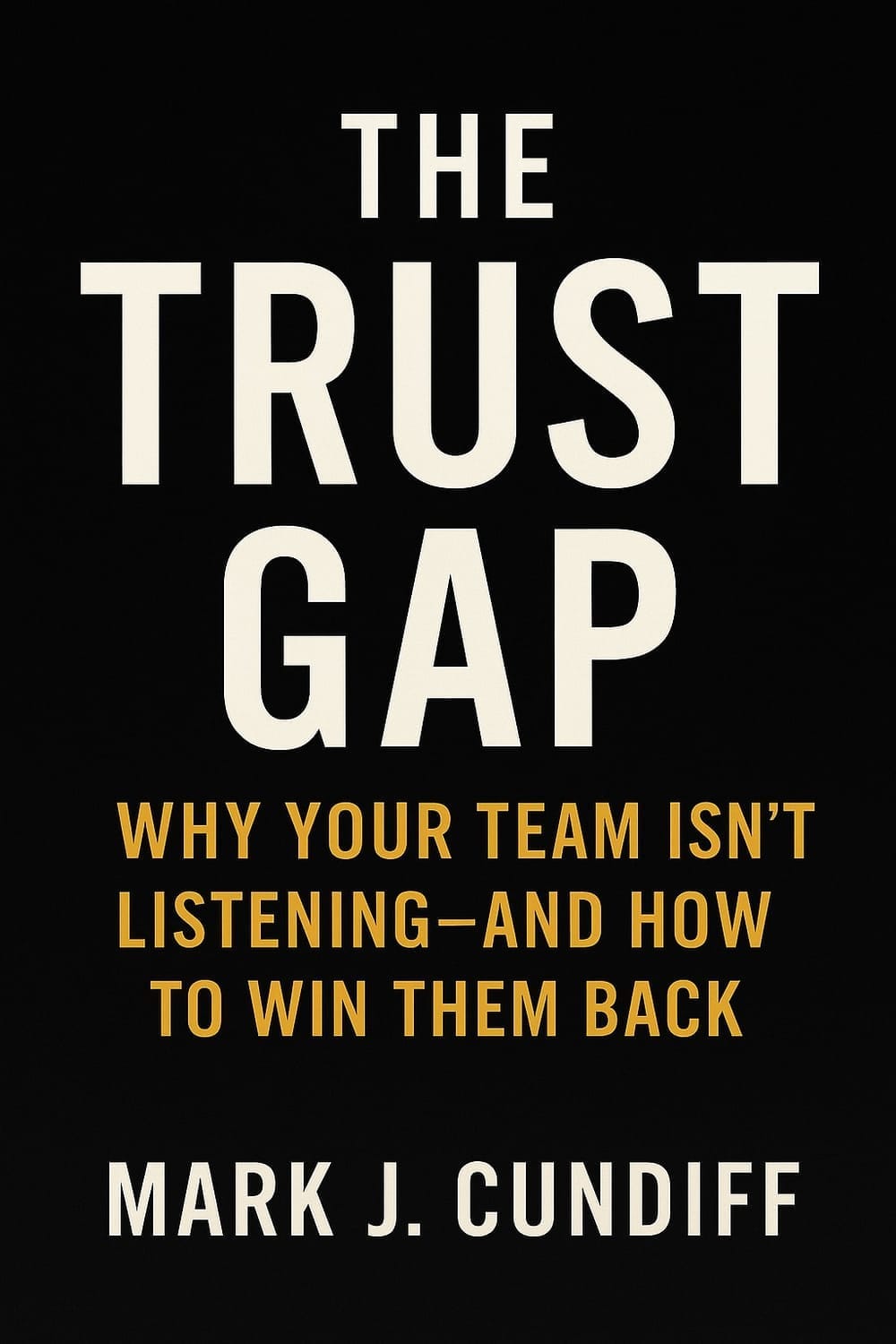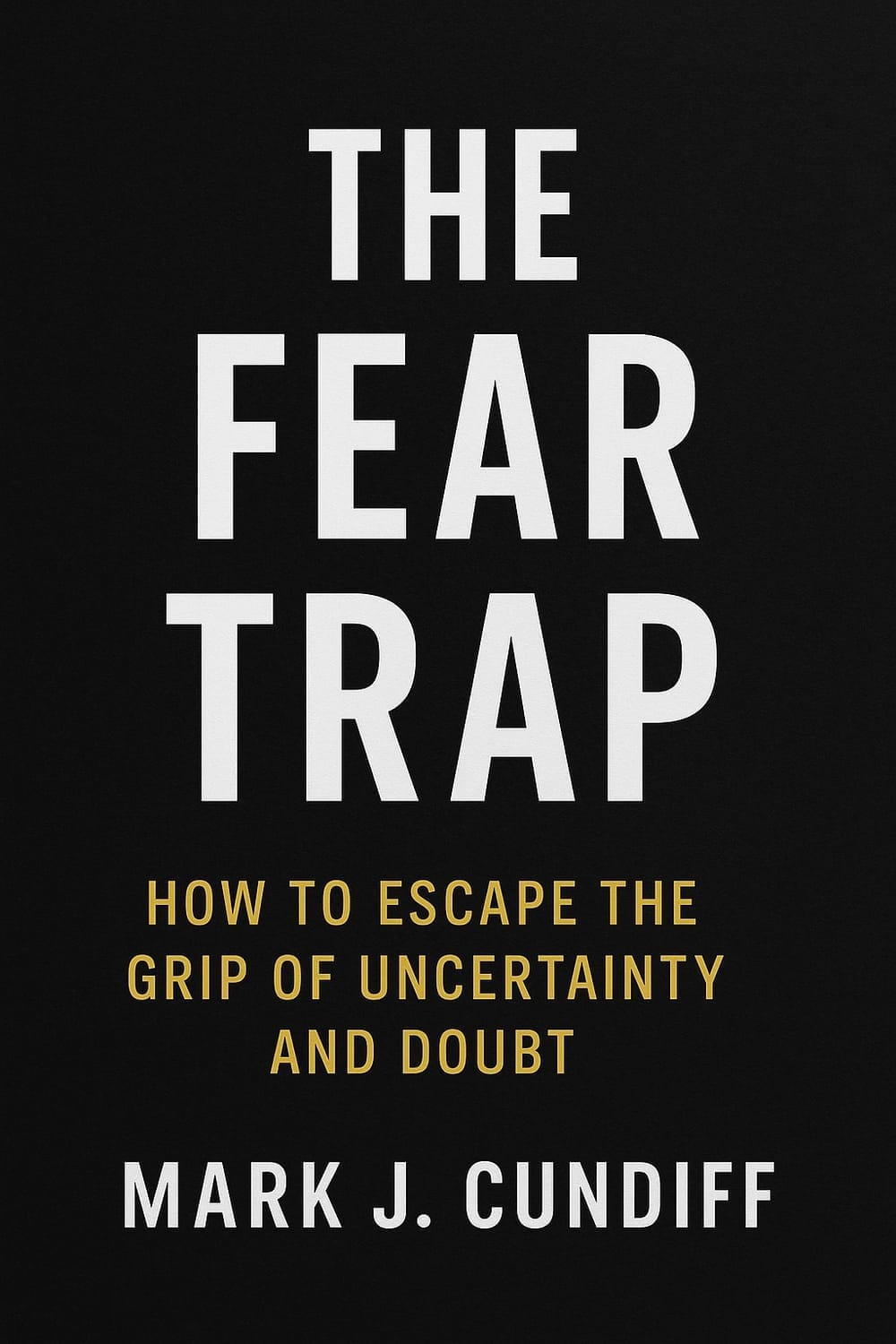The New Leadership Advantage: Connectional Intelligence - Erica Dhawan- Global Leadership Summit 2025
Have you ever walked away from an email, text, or Zoom call more confused than when it started?
You’re not alone. In today’s digital workplace, clarity in communication has become the new form of empathy. And as leaders, how we connect often matters more than how much we know.
At the Global Leadership Summit, Erica Dhawan, a leading authority on collaboration and author of Digital Body Language, shared a concept that I had never encountered before:
Connectional Intelligence—the capability to unlock communication by maximizing our connections and networks.
In other words, the future of leadership isn’t just about what you say, but how effectively you connect in a noisy, distracted, and hybrid world.
Here's a question to consider:
What if the biggest barrier to your team's success isn't strategy, talent, or resources—but the way you're connecting with each other?
As someone who's spent years helping leaders navigate change, I realized we've been missing a critical piece of the puzzle.
The Communication Crisis We Can't Ignore
Digital Natives vs. Digital Adapters
One of Erica’s insights was the clash between two groups most of us lead every day:
Digital Natives – those who grew up with technology. They prefer informal communication, such as text and instant messaging. They have what Erica calls “voicemail phobia” and thrive on shorter, more frequent messages.
Digital Adapters – those who entered the digital world later. They prefer phone calls and in-person meetings. They tend to be reluctant to adopt new technology and value higher-quality, less frequent communication.
Both approaches have value, but without awareness, they create friction. Leaders must bridge this gap with intentionality.
This isn't just a preference issue—it's a productivity killer. When a Digital Native sends a quick "Thanks!" text and a Digital Adapter interprets it as dismissive, we're not just miscommunicating. We're breaking trust, one message at a time.
Dhawan calls this the new form of empathy: reading messages clearly and writing them clearly. And honestly, most of us are failing at both.
What Is Connectional Intelligence?
Think of Connectional Intelligence as your ability to unlock communication by maximizing your connections and networks. It's not about being tech-savvy or old-school; it's about being intentionally strategic with how you connect.
Here's the reality: The leaders who master this skill will unlock their team's collective power. Those who don't will watch their teams fragment, one misunderstood message at a time.
The Tale of Two Generations
Let me paint a picture you'll recognize:
Digital Natives (typically younger team members):
Prefer informal mediums like text and instant messaging
Experience genuine "voicemail phobia"
Send more frequent, shorter messages
Use each communication channel consistently
Digital Adapters (often more experienced professionals):
Prefer phone calls and in-person meetings
Show reluctance with new technology
Send higher-quality, less frequent messages
Sometimes use communication channels inconsistently (like writing texts as if they're formal emails)
Neither approach is wrong. Both have tremendous value.
The problem?
Most teams operate like two different companies trying to collaborate.
The 4 Laws of Connectional Intelligence
Erica shared four simple but profound practices leaders can use to create trust and clarity across distance:
1. Value Visibly
Make your appreciation and recognition unmistakably clear in digital formats.
A thumbs-up emoji might work for a Digital Native, but your Digital Adapter might need a more explicit "Great work on the Johnson proposal—your attention to detail made all the difference."
2. Communicate Carefully
Every message is an opportunity to build or break trust.
Before hitting send, ask yourself:
"How might this be interpreted by someone from a different communication style?"
Then adjust accordingly.
3. Collaborate Confidently
Choose the right medium for the message.
Complex feedback? Schedule a call.
Quick update? Send a text.
Project kickoff? Meet in person when possible.
The medium is part of the message.
4. Trust Totally
Assume positive intent, especially in digital communications.
That "short" response might not be rude; it might just be efficient.
That long email might not be micromanaging; it might be thorough care.
Your Action Plan: The Connectional Intelligence Action List
Here's how you can start implementing these four laws immediately:
This Week:
Audit your last 10 digital communications. What might have been misinterpreted?
Identify the Digital Natives and Digital Adapters on your team
Choose one relationship where communication has been challenging and apply one of the four laws
This Month:
Have explicit conversations with your team about communication preferences
Establish team norms for when to use each communication channel
Practice "communication empathy"—writing messages from your recipient's perspective
This Quarter:
Measure communication effectiveness through team feedback
Train your team on digital body language principles
Create systems that honor both communication styles
A Checklist for Leaders
Here’s the question Erica left us with:
How can we use these four laws to maximize better communication outcomes?
It’s not about adding more Zoom calls to an already crowded calendar. It’s about leading with empathy in the digital age:
Send fewer, clearer messages.
Adjust your style depending on whether you’re leading digital natives or adapters.
Choose the right channel for the right message.
Make trust the starting point, not the reward.
Why This Matters for Leaders Today
The real challenge isn’t whether your team knows what to do; it’s whether they feel connected enough to do it well. In a low-trust, high-distraction world, leaders who master Connectional Intelligence will stand out.
So, let me leave you with this: next time you draft an email, send a message, or start a meeting, pause and ask—Am I building connection or confusion?
Because the leaders who win the future won’t just manage tasks, they’ll cultivate trust, clarity, and connection across every channel.
👉 Reflection Question for You: Which of the four laws do you need to strengthen most right now—valuing visibly, communicating carefully, collaborating confidently, or trusting totally?
The Bottom Line
The future belongs to leaders who can bridge the communication gap between generations, not just manage it.
Your team's success isn't just about having the right strategy or the best talent. It's about creating an environment where every team member, regardless of their communication style, can contribute their best work.
Connectional Intelligence isn't another buzzword to add to your leadership vocabulary. It's the difference between a team that works together and one that truly connects.
What's one step you'll take this week to improve how your team connects?
The choice to build bridges instead of walls starts with your next message.
Ready to dive deeper? I encourage you to explore Erica Dhawan's book "Digital Body Language: How to Build Trust & Connection, No Matter the Distance."
Her research provides the foundation every modern leader needs to navigate our increasingly connected—yet often disconnected—workplace.
The Complete Global Leadership Summit Article Index
John Maxwell: The Legacy You Leave
Craig Groeschell: Leadership Consistency: The Boring Secret to Long-Term Success
Erica Dhawan: The New Leadership Advantage: Connectional Intelligence
Thasunda Brown Duckett: From Love and Faith to Leading a Trillion-Dollar Portfolio
Christine Cane: Don't Drift: Three Questions Every Leader Must Answer
Juliet Funt: The Power of Precision: Choosing Great Over Good
Join over 3,900 Fellow Leaders reading The Learning To Lead Newsletter each week!
Recent Articles

Join over 3,900 Fellow Leaders reading The Learning To Lead Newsletter each week!
©2025 Learning To Lead | Helping Good Leaders Become Great Leaders


